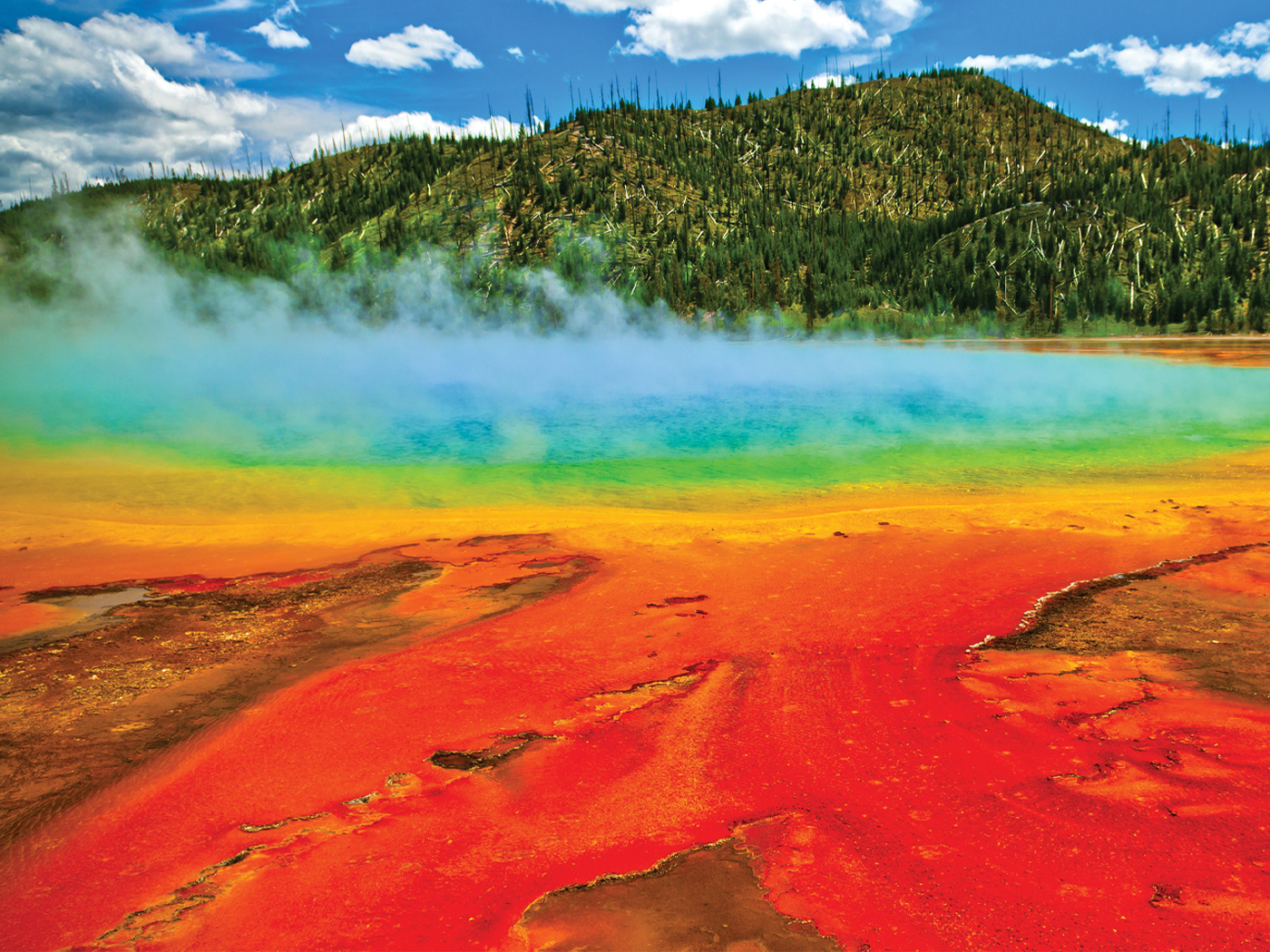A sticky problem for nature-only origins just got 100 times worse.
When discovered about ten years ago, a remarkable plume of water ice ejected from Enceladus, an icy moon in Saturn’s E ring, left secular notions of the moon’s origin up in the air. Detailed inspection of Enceladus now shows not just one, but 101 geysers shooting ice particles into space through four fissures that cut across a basin in its south-pole region.1
If these geysers formed billions of years ago as secular origins models insist, then small Solar System bodies should be old, cold, and dead—that is, geologically, magnetically, and otherwise completely inactive. Enceladus already broke this “cold” mold once with its towering water-ice plume, and then a second time when close measurements revealed more heat than expected.2
Secularists have difficulty modeling any means by which the moon could still have the material and energy necessary to spout geysers, both of which should have been spent millions of years ago. However, from the perspective of recent creation, still-active planets and moons like Enceladus come as no surprise.
Scientists have gathered and analyzed in-depth imaging and detection by the Jet Propulsion Laboratory-managed Cassini spacecraft. They published their results in the July 2014 issue of the Astronomical Journal.3 The Cassini website reported, “These results, together with those of other Cassini instruments, now strongly suggest that the geysers have their origins in the sea known to exist beneath the ice underlying the south polar terrain”4
So, the geyser’s water and heat comes from beneath the icy crust of Enceladus, but why are they still there after billions of years? Tidal flexing has been the first model to which secularists looked for answers. In it, gravity squeezes the planet, generating heat and power. Tidal flexing does occur, but a 2011 study revealed that it doesn’t even supply one tenth of the geyser-riddled moon’s heat-generating power.2
The Astronomical Journal study authors wrote, “If regional tidal heating is occurring today, it may be responsible for some of the erupting water and heat.” Thus, heat from tidal flexing “may” cause “some” of Enceladus’ activity, but certainly not all of it.
Instead of admitting that Enceladus looks young, they punted the issue by saying, “Future Cassini observations may settle the question.”3 Acquiring more data may not be the key to understanding Enceladus’ activity. In this case, interpreting the data in light of recent creation provides none of these troublesome contradictions.
Full explanations for what fuels the 101 moon plumes continue to elude secular thinking, but Enceladus’ ongoing activity can be understood—even expected— if it were created thousands, not billions of years ago.
References
- Cassini Spacecraft Reveals 101 Geysers and More on Icy Saturn Moon. Jet Propulsion Laboratory. Posted on jpl.nasa.gov July 28, 2014, accessed August 3, 2014.
- Thomas, B. Heat of Saturn Moon Far Surpasses Long-age Expectations. Creation Science Update. Posted on icr.org March 29, 2011, accessed August 3, 2014.
- Porco, C., D. DiNono, and F. Nimmo. 2014. How the Geysers, Tidal Stresses, and Thermal Emission across the South Polar Terrain of Enceladus Are Related. The Astronomical Journal. 148 (3): 45.
- Bursting at the Seams: The Geyser Basin of Enceladus. CICLOPS. Posted on ciclops.org July 28, 2014, accessed August 3, 2014.
* Mr. Thomas is Science Writer at the Institute for Creation Research.
Article posted on August 8, 2014.












